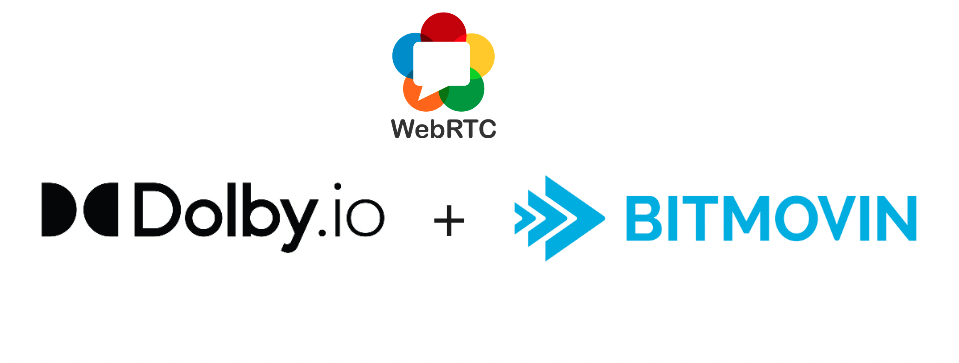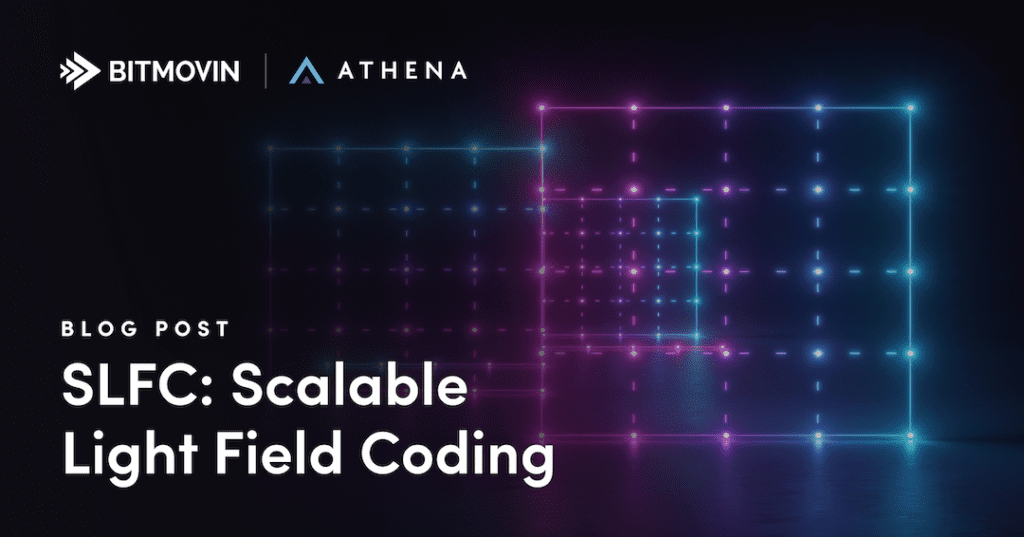
Completing the WebRTC Playback Experience – Enabling Rewind During Real-Time Live Streams
Live streaming has solidified its role as a pivotal component of modern video workflows, enabling platforms and media companies to captivate audiences with that sense of witnessing events as they happen. This trend has gained even greater momentum during and after the pandemic, as users craved live experiences that spanned a variety of interests –…









